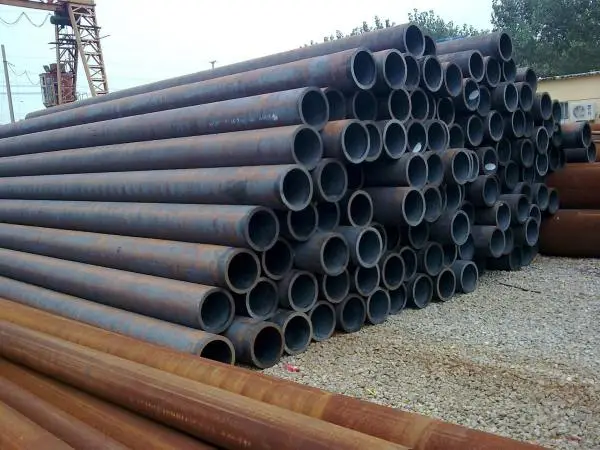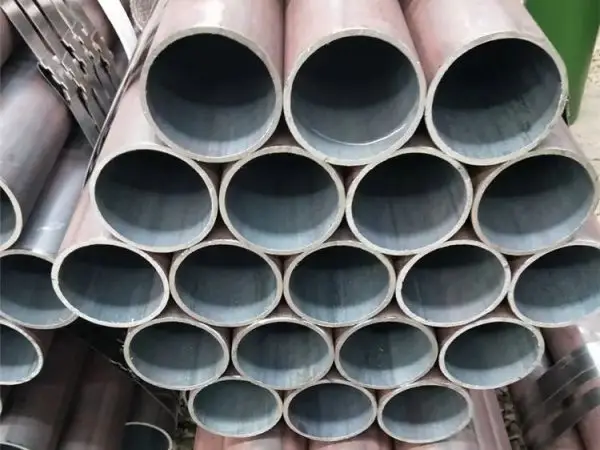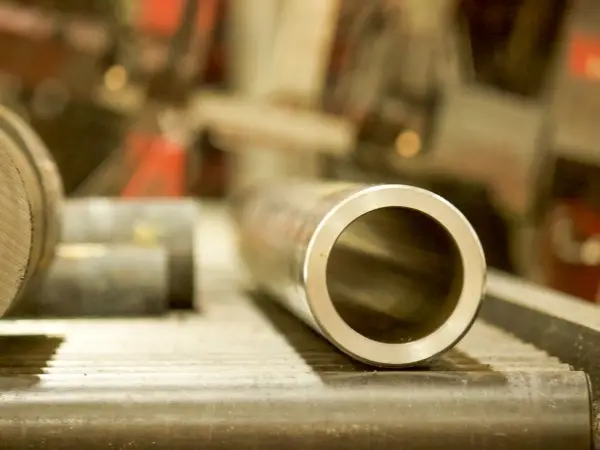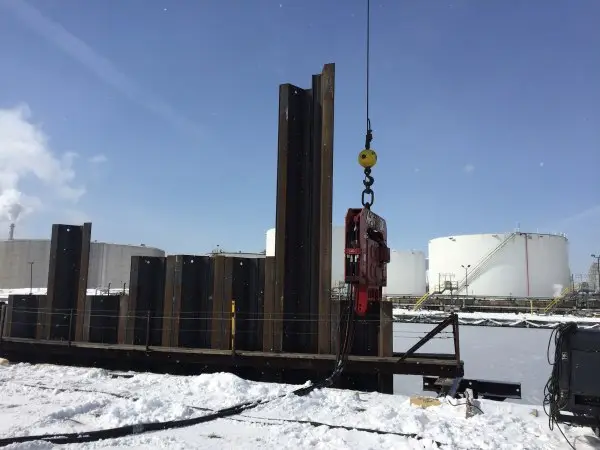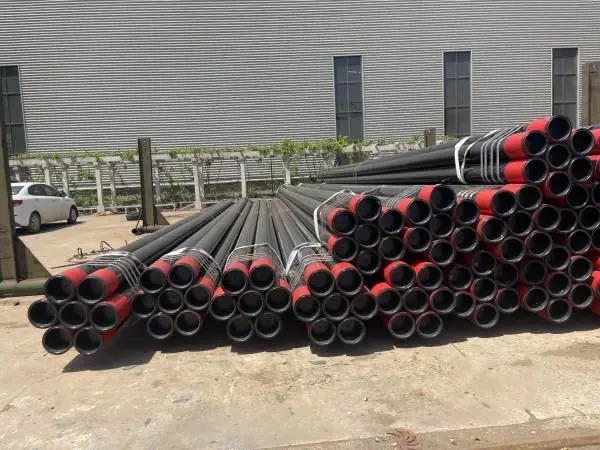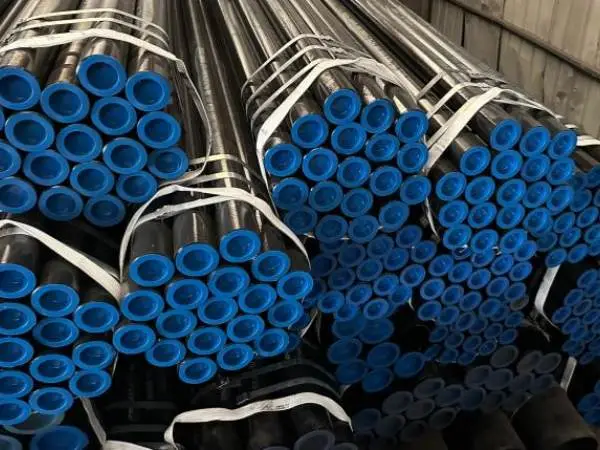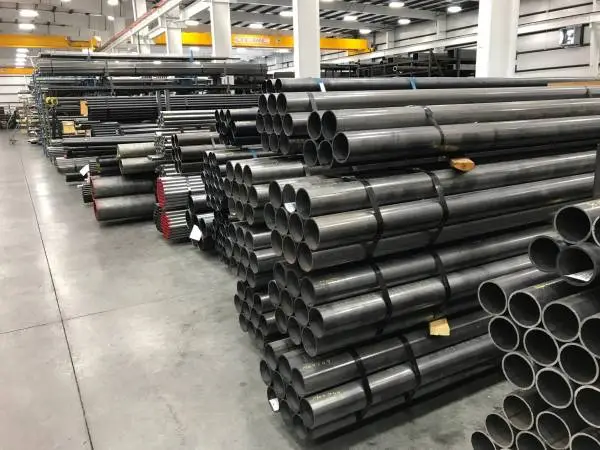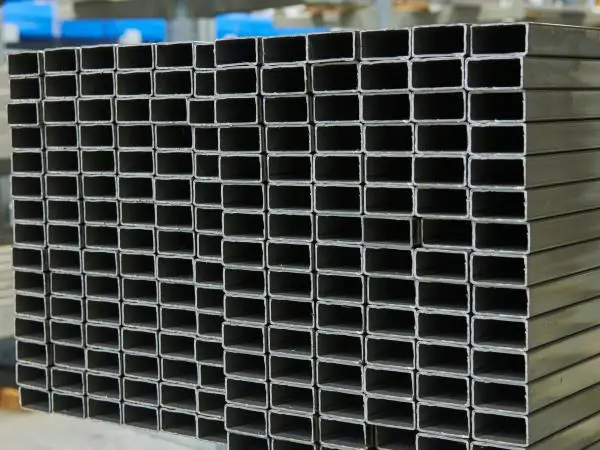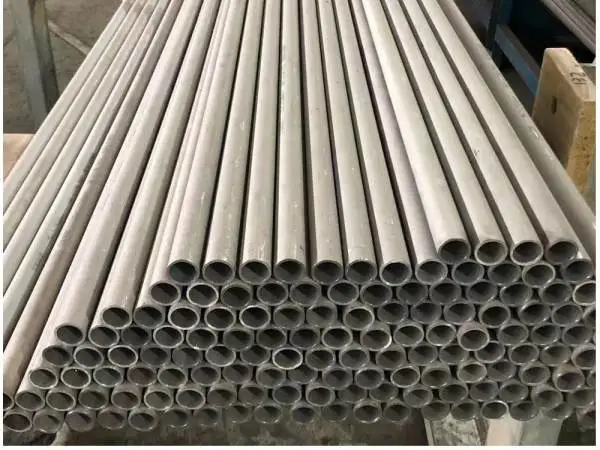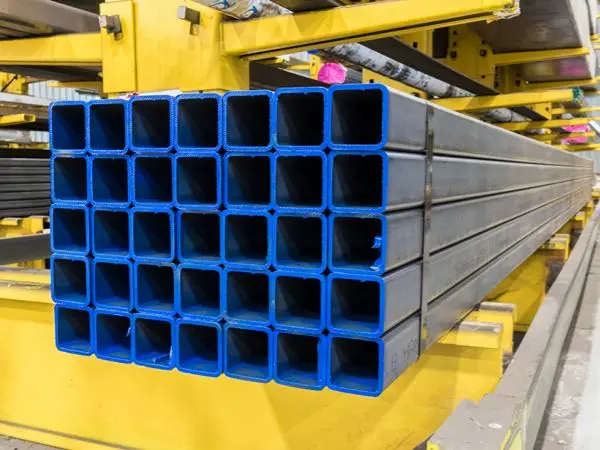-
2024-09-18Product News
Seamless steel pipe marking requirements
Relevant regulations outline specific requirements for marking seamless steel pipes. These requirements ensure that the markings are both functional and durable. The detailed marking requirements are as follows.
-
2024-09-18Product News
Import and export of seamless pipes in China
The import and export of seamless pipes in China plays a significant role in the global steel market due to the country's large-scale production and consumption of steel products. Here’s an overview of the situation.
-
2024-09-14Product News
Characteristics and applications of mechanical tubes for machining
The main characteristics of mechanical tubes for machining include high dimensional accuracy, excellent surface quality, strong resistance to high pressure, and the ability to undergo various complex deformations and deep mechanical processing.
-
2024-09-14Product News
Steel sheet pile wharf construction process
Here's an overview of the steel sheet pile wharf construction process.
-
2024-09-13Product News
Seamless pipe hs code introduction
Seamless pipework refers to pipes that are manufactured without weld seams or imperfections, providing exceptional strength and pressure integrity. These pipes are extensively used in industries such as oil and gas pipeline construction, but they also serve a wide range of other applications. In this article, we will explore the HS Code for seamless pipes, explain what this code represents, and discuss its significance in international trade. Additionally, we will examine the different types of seamless pipes, their advantages and disadvantages, and how to select the appropriate type for your specific application.
-
2024-09-13Product News
Introduction to seamless steel pipe weight calculation
Accurate weight calculations of seamless steel pipes are crucial for both industrial and commercial applications. These pipes are commonly used for transporting liquids, gases, and other materials, and their weight plays a significant role in determining the safety and efficiency of the systems they are part of. By properly calculating the weight of each pipe, engineers can ensure that the system can withstand the operational loads, environmental conditions, and other influencing factors. This article provides a detailed overview of the methods used to determine seamless pipe weight and highlights the potential risks of incorrect calculations.
-
2024-09-12Product News
Packaging and transportation methods of seamless carbon steel pipe
Proper packaging and transportation of seamless carbon steel pipes are essential to maintain their quality and prevent damage during handling. Whether for use in the construction, manufacturing, or other industries, careful attention must be paid to how these pipes are loaded, transported, and unloaded. Below are several key practices to ensure safe handling and transportation of seamless carbon steel pipes.
-
2024-09-12Product News
Pre-welding of welded steel pipes
Before performing the actual welding process, several critical steps must be taken to ensure the quality and integrity of the welded pipe. Pre-welding preparation is crucial for achieving optimal results, minimizing defects, and ensuring the safety and durability of the final product. Below are key factors to consider during the pre-welding stage.
-
2024-09-11Product News
International standards for RHS steel
RHS steel, often simply referred to as rectangular steel tubes, encompasses a series of standardized steel profiles designed for structural applications. Here's an overview of the international standards for RHS steel.
-
2024-09-11Product News
Advantages of stainless steel seamless pipe
Stainless steel seamless pipes are extensively used across various industries due to their numerous benefits. This article explores the advantages of stainless steel seamless pipes in different industrial applications.
-
2024-09-10Product News
Chromium plating and nickel plating for seamless steel pipes
Chromium plating and nickel plating are two commonly used surface treatment processes for seamless steel pipes. Both methods are applied to enhance the performance and appearance of steel pipes, providing additional protection against corrosion, wear, and environmental factors. This article will provide an overview of these two plating techniques, including their features, advantages, and common applications.
-
2024-09-10Product News
The uses of stainless steel square tubes
The stainless steel square tube is a hollow, square-shaped, lightweight thin-walled steel tube, commonly referred to as a steel cold-bent profile. Due to its strength, durability, and resistance to corrosion, stainless steel square tubes have become highly versatile and are widely used across various industries. This article explores the diverse applications of stainless steel square tubes.
